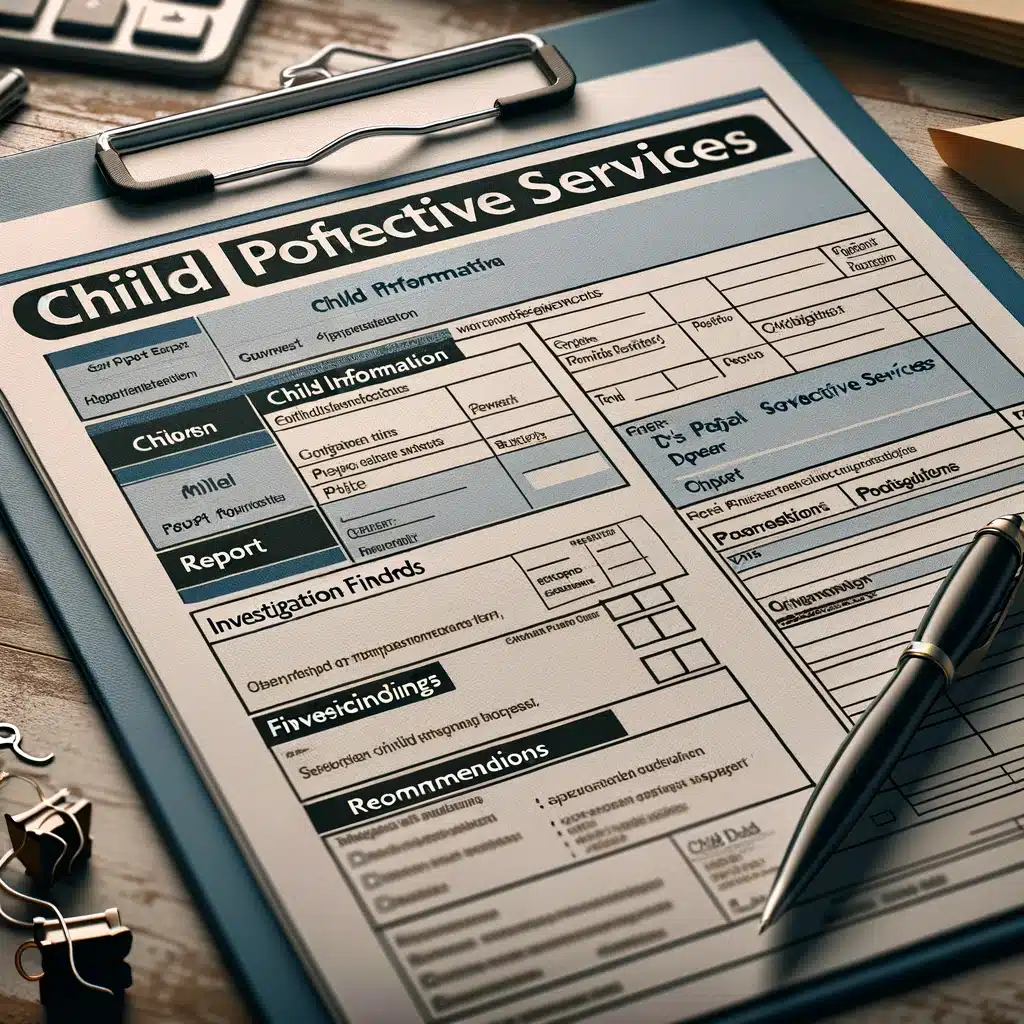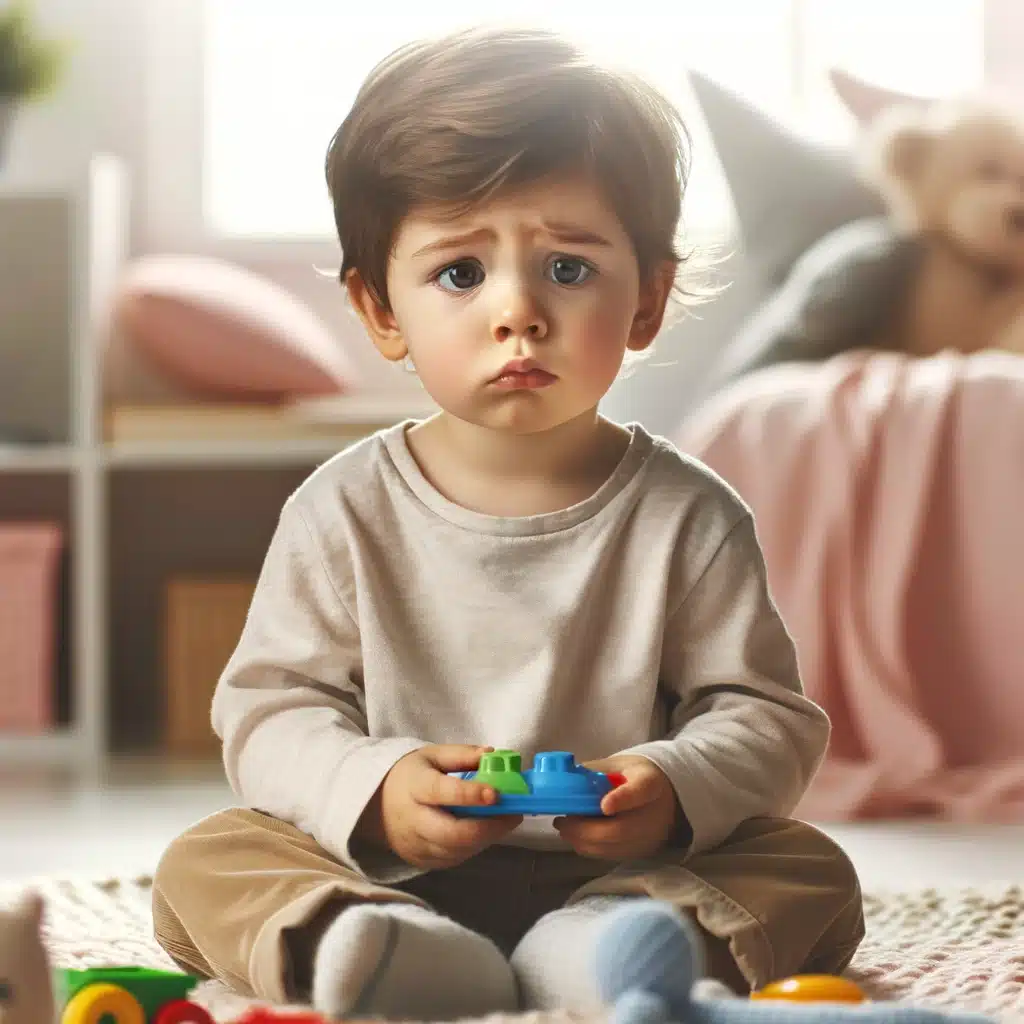Unlocking the Mystery of CPS Operating Hours: When Does the Magic Happen?
Hey there, curious minds and concerned parents! Picture this: you wake up one day, and a burning question strikes your mind like a lightning bolt. You might wonder, “What time does CPS open?” as you shuffle through your morning coffee routine. Perhaps you’ve heard rumors, myths, and whispers about the magical inner workings of Child Protective Services, but the mystery remains unsolved. Fear not, dear readers, for today’s blog will unravel the enigma and give you all the deets you need!

Short Answer
What time does CPS open?” That’s the million-dollar question, and we’ve got the inside scoop just for you! CPS operates during specific hours, but there’s much more to the story than meets the eye. So, grab your magnifying glass and join us on this captivating journey through the world of Child Protective Services.
Reasons to Keep Reading
Curiosity Unleashed: Have you ever wondered what goes on behind the scenes at CPS? We’ll take you on a rollercoaster ride through their investigation process, uncovering the hidden gems you never knew existed.
Real-Life Adventures: Brace yourself for heartwarming tales and jaw-dropping stories that will tug at your heartstrings. Get ready to dive into real-life examples and relatable themes that bring this vital subject to life.
Empowering Knowledge: Knowledge is power, and understanding the rights of parents and children during CPS investigations can be a game-changer. Arm yourself with invaluable information to navigate through the challenging terrain.
Reuniting Families: Discover the heartwarming reunification services offered by CPS, bringing families back together. We’ll explore the support and resources that pave the way for a brighter future.
Challenges and Solutions: The CPS world is not without its challenges and criticisms, but we won’t leave you hanging. Find out how these hurdles are being addressed, leading to positive changes in the system.
Prevention and Hope: Let’s talk about proactive strategies and early interventions that can make a significant impact on child protection. Together, we’ll explore ways to build a safer tomorrow for our little ones.
So, are you ready to unlock the magic behind CPS operating hours? Hold on tight; this blog is packed with insights, anecdotes, and surprises that will leave you feeling empowered and informed. Let’s dive right in!
What Time Does CPS Open: Understanding Child Protective Services and Their Operating Hours
Shedding Light on Child Protective Services (CPS)
Child Protective Services (CPS) plays a crucial role in ensuring the safety and well-being of children in our society. When concerns arise about possible abuse or neglect, CPS steps in to investigate and take necessary actions to protect the child. In this article, we will explore the inner workings of CPS, the reporting and investigation process, the rights of parents and children, and various aspects related to child protection.
Types of Abuse and Neglect: Unveiling the Different Dimensions
Abuse and neglect can take many forms, ranging from physical harm to emotional trauma. Physical abuse involves inflicting bodily harm, while emotional abuse can leave lasting psychological scars. Sexual abuse is another horrifying aspect that CPS deals with, as well as neglect in providing essential medical or educational care to children.
The Reporting Process: How Cases Come to CPS’s Attention
CPS relies on the vigilance of society to report any suspicion of child abuse or neglect. Teachers, healthcare professionals, and concerned individuals act as mandatory reporters. When a report is made, CPS launches an investigation to determine the validity of the allegations and assess the child’s safety.

Investigation Process: Peering into CPS’s Investigation Procedures
Once a report is received, CPS embarks on a comprehensive investigation. This involves interviewing family members, conducting home visits, and sometimes working alongside law enforcement. The goal is to gather all necessary information to make informed decisions about the child’s safety.
|
Investigation Steps |
Key Insights |
|
Interviews with Family Members |
– CPS caseworkers speak with family members to gather information about the child’s living conditions and relationships. |
|
– Open and honest communication during interviews is vital to help determine the best course of action. | |
|
– Sharing concerns and cooperating with CPS can lead to more effective resolutions. | |
|
Home Visits |
– CPS caseworkers conduct visits to the child’s home to assess the environment and identify potential risks. |
|
– Maintaining a safe and nurturing home is crucial to keeping the child with their family. | |
|
– Addressing any hazards promptly can prevent further intervention. | |
|
Involvement of Law Enforcement |
– In some cases, law enforcement may assist CPS during investigations involving potential criminal activity. |
|
– Collaboration between CPS and law enforcement ensures a comprehensive approach to protecting the child. | |
|
– The ultimate goal is to provide a safe and stable environment for the child. | |
|
Determining Child Safety |
– CPS analyzes all gathered information to make informed decisions about the child’s safety. |
|
– The well-being of the child is the primary focus, and steps are taken to protect them from harm. | |
|
– Immediate action is taken if there is a present danger to the child’s safety. |
Rights of Parents and Children: Navigating the Legal Landscape
During CPS investigations, both parents and children have specific legal rights. These rights ensure fairness and due process. Parents have the right to legal representation and participation in court hearings, enabling them to advocate for their family’s best interests.
Kinship Care: A Closer Look at Family-Based Alternatives
When CPS determines that a child’s home is unsafe, they may place the child with relatives or close family friends, known as kinship caregivers. This arrangement aims to maintain family connections while providing a safe environment for the child. Kinship care comes with its own set of benefits and challenges.
Reunification Services: Assisting Families in Reuniting
After a child is removed from their home, CPS offers support and services to parents to facilitate reunification. The goal is to address the issues that led to the removal and ensure that the child can safely return to their family.
Foster Care System: Understanding Placements and Goals
When reunification is not immediately possible, children may enter the foster care system. CPS carefully considers the best placement for the child, be it with a foster family or in a group home. The ultimate goal remains reunification, but sometimes adoption becomes the most suitable option.
Impact on Children: Navigating Emotional and Psychological Consequences
The removal of a child from their home and placement in foster care can have significant emotional and psychological effects. These young souls may experience feelings of loss, confusion, and anxiety. It is essential for CPS to provide support and care during this challenging period.

Parenting Programs and Resources: Equipping Parents with Tools for Success
Apart from parenting courses, CPS offers various resources and support to parents. These programs aim to enhance parenting skills and create a safer and more nurturing home environment for children.
Overrepresentation of Certain Groups: Addressing Disparities
Studies have shown that certain demographic groups, such as racial and ethnic minorities, are overrepresented in CPS cases. This disparity raises concerns about potential bias and highlights the need for equitable and unbiased interventions.
Challenges and Criticisms of CPS: Reflecting on the System’s Improvements
CPS faces challenges and criticisms, including concerns about excessive removals and the difficulty of predicting future harm accurately. However, efforts are continually being made to improve the system and its outcomes.
Prevention and Early Intervention: Focusing on Proactive Solutions
Proactive strategies and programs are vital in preventing child abuse and neglect. Early intervention and family support can significantly reduce the likelihood of harm to children and contribute to their overall well-being.
Long-Term Outcomes: Examining the Far-Reaching Effects
The experiences children have with CPS involvement can shape their lives in the long run. Understanding both the positive and negative effects is crucial for providing the best support and care for these individuals.
Resources for Families Involved with CPS: Extending a Helping Hand
Families facing CPS involvement may need additional resources and support to navigate through the process. Access to support groups, counseling services, and community programs can make a significant difference in their journey.
Collaborative Approach: Fostering a Safe and Supportive Environment
A collaborative approach between CPS and families is paramount. By working together, concerns can be addressed, and a safe and supportive environment can be created for the child’s well-being and growth.
Working Towards a Safer Tomorrow
CPS plays a vital role in safeguarding the most vulnerable members of our society – our children. As we delve into the complexities of CPS operations, it becomes clear that a collaborative effort is essential in ensuring the safety and protection of children. By staying vigilant and working together, we can strive towards a safer and brighter tomorrow for all children.
The CPS Magic Revealed – Embrace the Journey!
Phew! We’ve embarked on an exhilarating adventure, unlocking the secrets of CPS operating hours and the captivating world of child protection. But hold on, our journey isn’t over yet! Picture this: You, armed with newfound knowledge, confidently sipping your coffee and sharing witty anecdotes at brunch with friends. “Oh, did you know what time CPS opens?” you say, as they lean in, eager for the insider scoop!
Short Answer
The magical hours of CPS operation are now at your fingertips! But remember, there’s more to this captivating tale than meets the eye.
Embrace the Journey
Busting Myths and Unraveling Legends: We’ve demystified CPS, debunked myths, and debunked tall tales. So go ahead, be the myth-buster among your pals!
Empowered Parenting: Armed with insights into your rights and kinship care, you’re now the superhero parent, ready to conquer challenges and provide a loving haven for your kiddos.
Rooting for Reunification: Reuniting families is no less than a heroic feat! Hold your head high knowing that support and resources are available for a brighter future.
Diving into Real-Life Tales: From heartwarming reunions to brave triumphs, the real-life stories we’ve encountered will warm your heart and remind you of the power of hope.
Paving the Way for Change: Together, we’ve explored the challenges faced by CPS and witnessed their commitment to positive transformations. Get inspired to be a catalyst for change in your community!
Future Guardians of Hope: Armed with prevention strategies and early interventions, you’re now a guardian of hope for our little ones, creating a safer and brighter tomorrow.
So, dear adventurers, the journey doesn’t end here. Embrace the knowledge, share the stories, and become a beacon of understanding and support for those around you. Together, we can create a world where children are safe, cherished, and free to dream big.
As you close this blog with a smile, remember that the power of knowledge lies in sharing it. So go forth, spread the magic, and continue championing the cause of child protection. You’ve got the CPS wisdom in your back pocket; now let’s make the world a safer and happier place, one step at a time! Keep shining, superheroes!
Ebook
 If you want to know more about what you can do, CLICK the button below to get your FREE E-book: “Child Protective Services E-Book”
If you want to know more about what you can do, CLICK the button below to get your FREE E-book: “Child Protective Services E-Book”
Other Related Articles:
- What happens if you ignore CPS?
- Understanding the Role of CPS in Texas child custody cases
- Ultimate Guide to Surviving a CPS Investigation
- How to Prepare for a CPS Interview in Texas: A Comprehensive Step-By-Step Guide
- How far back does CPS background check go?
- What happens when someone makes a report to CPS
- What CPS looks for when investigating your family
- Should you talk to CPS without a lawyer?
- What is the threshold Test in a CPS investigation?
- What is Conservatorship? How does a CPS removal involve Conservatorship?
- Terminating the parental rights of an alleged biological father in a Texas CPS case
Frequently Asked Questions
When should I call CPS in Texas?
How do I contact CPS in Texas?
How long does a CPS case stay open in Texas?
What is CPS in Texas?
Bryan Fagan, a native of Atascocita, Texas, is a dedicated family law attorney inspired by John Grisham’s “The Pelican Brief.” He is the first lawyer in his family, which includes two adopted brothers. Bryan’s commitment to family is personal and professional; he cared for his grandmother with Alzheimer’s while completing his degree and attended the South Texas College of Law at night.
Married with three children, Bryan’s personal experiences enrich his understanding of family dynamics, which is central to his legal practice. He specializes in family law, offering innovative and efficient legal services. A certified member of the College of the State Bar of Texas, Bryan is part of an elite group of legal professionals committed to ongoing education and high-level expertise.
His legal practice covers divorce, custody disputes, property disputes, adoption, paternity, and mediation. Bryan is also experienced in drafting marital property agreements. He leads a team dedicated to complex family law cases and protecting families from false CPS allegations.
Based in Houston, Bryan is active in the Houston Family Law Sector of the Houston Bar Association and various family law groups in Texas. His deep understanding of family values and his professional dedication make him a compassionate advocate for families navigating Texas family law.




